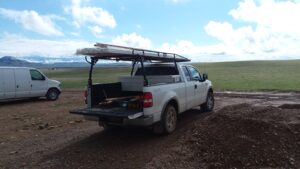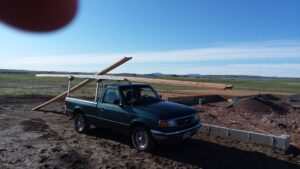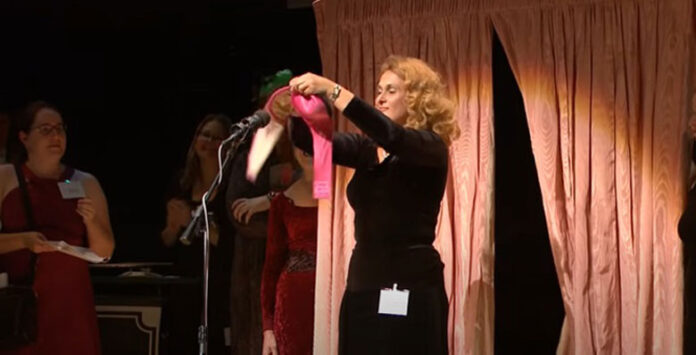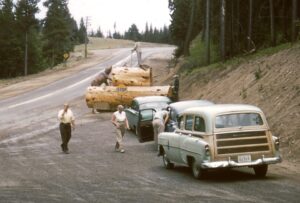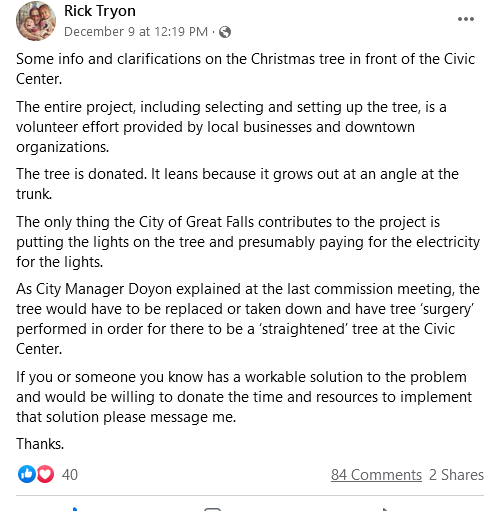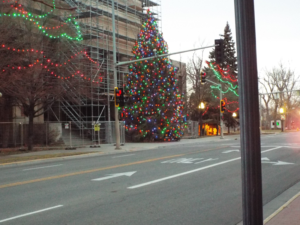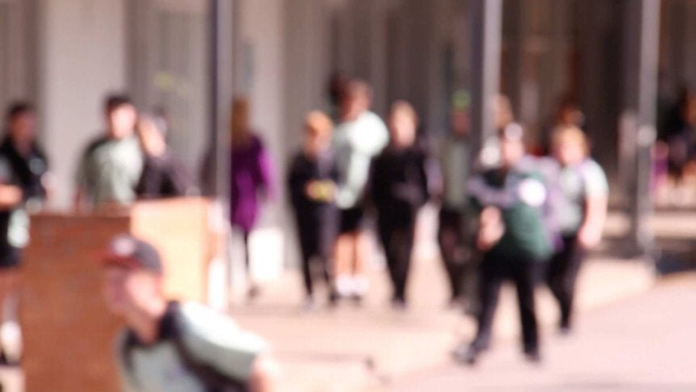Our son started his freshman year at high school this year. The fall of the 2021 school year hasn’t been any different, so far, as any other year previous, our son comes home with some sort of virus from school that everyone in the home, at some point, catches. We all know the drill … send the kid off to school in the fall … kid brings home viral goodies.
I caught the annual cold that somehow just comes around at the beginning of every school year just like clock work. We go through the head congestion, coughing, and stuffiness for 3 or 4 days, and then we recover until next time — It’s become more of a ritual that we go through every September than anything else.
Regardless of what we might try to do in the home every September in our efforts to mitigate this pesky cold virus, we inevitably always end up catching it.
I’ve never really ever had an opinion on any virus on any given day other than the fact that they are what they are, and their eventual way into our personal worlds are a fact of life. Regardless of what you might try and do, you will catch one eventually.
Over the past months, there’s been some fairly hefty concern over the coronavirus. Public health officials sort of freaking out over a new strain of SARS that may, or could, very possibly, end the world as we know it, going forward.
With all of what we might have learned collectively as a society over the years about virus’ in general, you’d think that public health would be handling the outbreaks with a bit more tact and focus. Of course, I understand that it’s more difficult to handle anything well at all when you’ve got the federal government micro-managing anything health related in our society.
You can’t effectively mitigate anything health related when you’ve got an extremely large, unenlightened, and tone deaf political machine using the human condition as an excuse to further the cause of it’s failing/failed government policy.
If one were to understand how a virus might actually work out in the real world, we might find the questions and answers below to be either terrifying, or extremely entertaining.
At the grocery store:
Q: Why is there plastic on the payment keypad?
A: To protect people from Covid.
Q: But isn’t everyone touching the plastic keypad the same way they would the regular keypad?
A: I don’t know, I just work here.
Q: Why don’t you pack the grocery bags anymore?
A: Because of Covid 19 to reduce the spread of catching or spreading the virus.
Q: But a shelf packer took it out of a box and put on the shelf, a few customers might of picked it up and put it back deciding they don’t want it, I put it in my cart then on the conveyor belt, you pick it up to scan it. But putting it in a bag after you scan is risky??
A: I don’t know, I just work here.
At the drive-thru:
Server: (holds a tray out the window with a bag of food for logical friend to grab)
Q: Why is my bag of food on a tray?
A: So I don’t touch your food because of Covid.
Q: Didn’t the cook touch my food? Didn’t the person wrapping my food touch it and then touch it again when placing it in my bag? Didn’t you touch the bag and put it on the tray? Didn’t you touch the tray?
A: I don’t know, I just work here.
In society:
Society: If you cough or sneeze do it in your elbow or sleeve,
Also society: Don’t shake hands or hug anyone or you will spread the virus. To greet people do an elbow tap instead.
Q: Elbow tap? Isn’t that where you tell people to sneeze or cough? Into their elbow? Now you want people to tap each other with that elbow?
Wouldn’t it be safer to sneeze into your elbow and then shake hands like we did before Covid?
At the restaurant:
Hostess: Okay, I can seat you at this table right here (4 feet away), but I will need you to wear a mask to the table.
Q: What happens when I get to the table?
A: You can take off the mask.
Q: Then it is safe over there?
A: Yes.
Q: Are those fans blowing above the table? Is that the air-conditioning I feel? Is the air circulating in here?
A: I don’t know, I just work here.
Society:
You are not allowed to stand and drink at the pub — you have to sit down.
But at the shopping center you are not allowed to sit down, all the chairs are roped off.
The ridiculousness of these so-called virus mitigation protocols are leaving anyone who can still think critically asking more questions than anyone else might have the answers to. I mean, anyone that knows anything at all about a virus will more often than not find themselves asking, who thinks this stuff up?
Given how involved the political machine might be in the things of health, life might be somewhat difficult for logical people right now.
Most of us were raised with the ability to process and execute logic. Government intervention into our healthcare concerns have seemingly turned common sense on it’s head. Interjecting the nonsensical into the equations of health have somehow caused the case of covid to turn into something that it was never meant to be.
Part of the reason why a lot of this stuff doesn’t make sense to anyone who can rub two brain cells together, is because the government has sweetened the so-called “concern-for-your-health” pot with money. The government’s only tool for it’s faux concern is money. Not too unlike how government rules education with money (and we all know how that’s working out), it rules this so-called health concern with money as well: i.e. — “We’ll pay top dollar for any verified positive covid case”. As a matter of speaking, over the past 18 months, the quest for the almighty dollar from the government wiped the flu totally off the map. The flu, of course, is still here … always has been. It’s just that money was seemingly just so much more important than spending any time on something that doesn’t pay.
The Massachusetts Institute of Technology has come out with what would appear to be some fairly non-biased studies with regard to this whole covid thing. The studies themselves actually elude to many of the things we, as a collective society, have already known for literally … years.
A virus is what it is, and given the conditions of the environment, a virus will do what all virus’ have done for thousands of years … the virus will infect people … mutate … then move on to the next bunch of people.
Am I concerned about covid? Of course I am. But as with any other virus in this world, I’m not going to let it rule the day in my life. I’ll follow the studies, learn about what real science has to teach, and then move on to learn more at a later date.
If you happen to be the sort that might believe everything the government tells you, then knock yourself out — I’m not going to call you stupid or laugh at you for wearing your mask outdoors when you’re by yourself with no one else around. I’m not going to insist that you put your mask on because you might kill somebody when you’re in the grocery store. You can only know what you think you know, and you can only do for you according to your own set of beliefs.
I haven’t had (that I’m aware of) this coronavirus (knock on wood), and neither has any of my family members (that they are aware of) — (knock on wood again). Just because I haven’t had it, doesn’t mean that I won’t catch it at some point in the future. You never know how it all might work itself out.
Going forward, I’ll do what I’ve always done — I’ll continue to keep science, politics, and health separated from each other — Keeping these things separate is probably the only way anyone can see what’s actually going on in the world when it comes to mitigating the effects of this virus.
Thanks for the read.
Happy Trails.
sourced – MIT researchers have developed a publicly available model based on physics and data from past spreading events.
A guideline to limit indoor airborne transmission of COVID-19
A Guideline to Limit Indoor Airborne Transmission of COVID-19 (PDF)
Dataset SO1 (SLSX)
